The legendary Scottish goalkeeper Jimmy Lawrence, who was capped against England in 1911 and holds Newcastle United’s appearance record, can be revealed as having knocked a whopping six years off his age.
All documentation including registration forms and travel documents gave his birthdate as 16 February 1885 and that is the date that appears in the record books. However, his deception came to light when I checked his death certificate. He died while undergoing heart surgery on 21 November 1934 in Glasgow’s Victoria Infirmary but his age did not tally with 1885 so I searched further. To my astonishment, while the day and month were correct, he was actually born on 16 February 1879 in Partick, forty-five minutes after his twin sister Margaret, to Mary and Alfred Lawrence.
Several clubs were after his signature that summer – Third Lanark, Falkirk and Hibs were mentioned – but ‘handsome terms’ from Newcastle won him over. Within months he made the first of 496 first team appearances, a club record to this day, and a total which would surely have been even more had the First World War not intervened.
He spent his entire senior playing career on Tyneside and was clearly one of the country’s top goalkeepers in a top side, winning numerous honours including three Football League titles, an FA Cup and that single Scotland cap. By the time of his last appearance in April 1922 he was 43, which makes him Newcastle’s oldest ever first team player, beating the record of Billy Hampson. Yet that summer, when he made his annual visit to see his mother in Canada, he claimed to be only 37 on his immigration papers.
Having hung up his boots he was immediately appointed manager of South Shields (from 60 applicants) but the job only lasted six months. He then had a couple of years with Preston North End, and in 1925 began a successful spell in Germany with Karlsruhe.
Outside football, there is an episode in Lawrence’s life which is less well known. In February 1913 he secretly married Barbara Murray in Newcastle, not even telling her parents for a while, but within two months she was dead. Her death was reported as appendicitis at the time, but sensationally her body was exhumed that summer and the doctor who treated her, who happened to be her brother-in-law, was prosecuted for performing an illegal operation. In court it came out that she had suffered a miscarriage and when the doctor was called to treat her he had been drinking heavily and seems to have made things worse. However, he was acquitted after a two day trial.
Lawrence never remarried. When ill health forced his return from Germany he settled in Stranraer and became chairman of the football club there, but angina and heart disease led to his premature death while visiting his sister in Glasgow. After his funeral he was cremated at Western Necropolis, Maryhill.
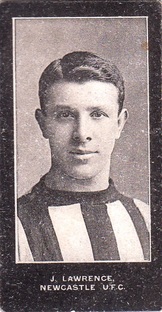
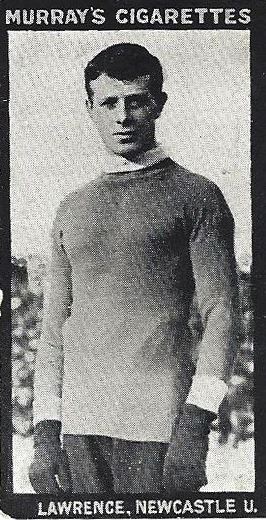
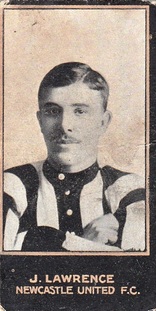


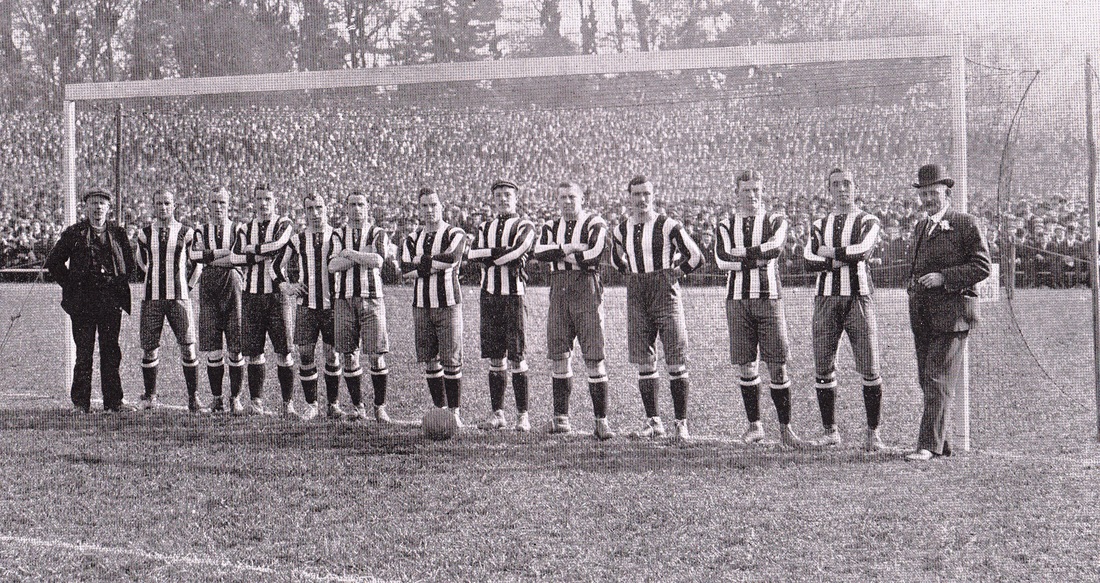
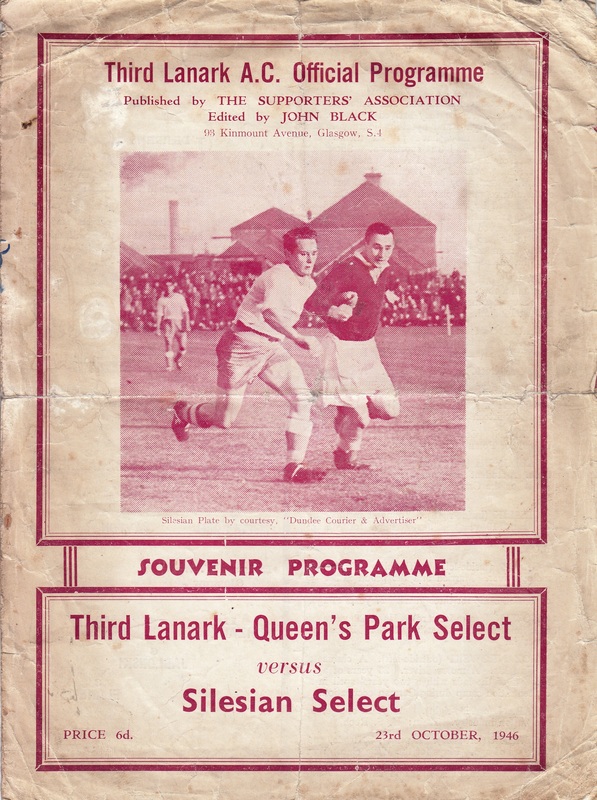
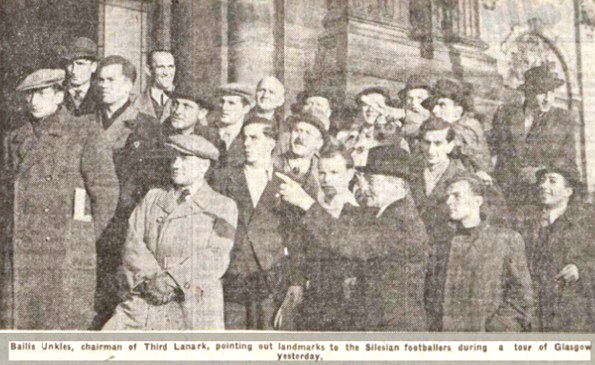
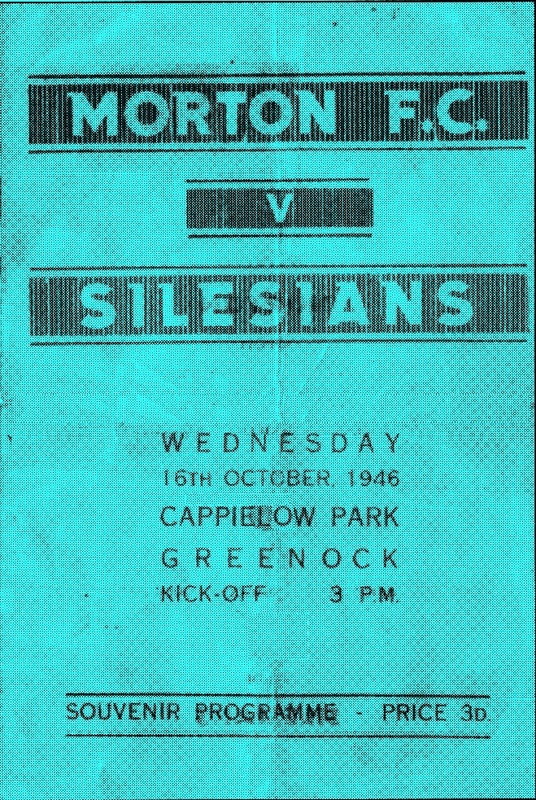
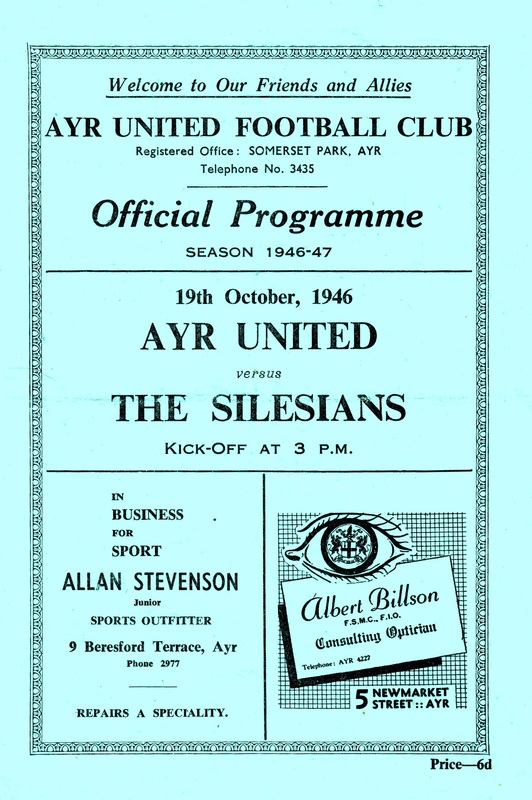
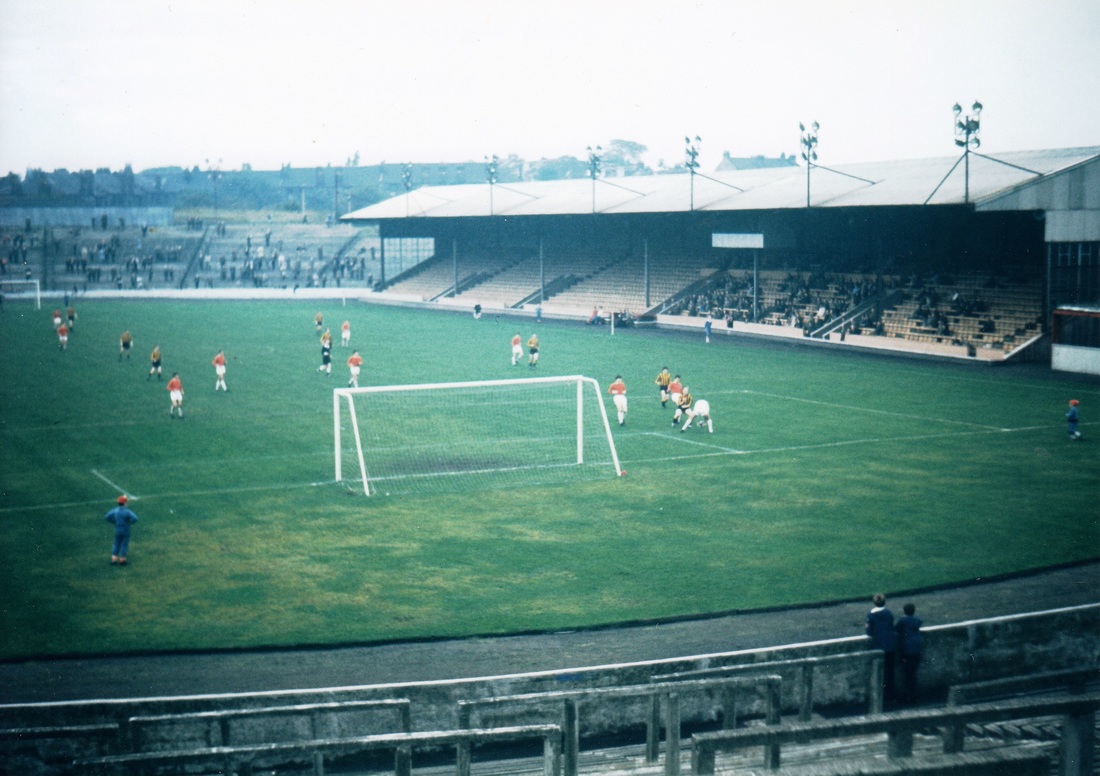
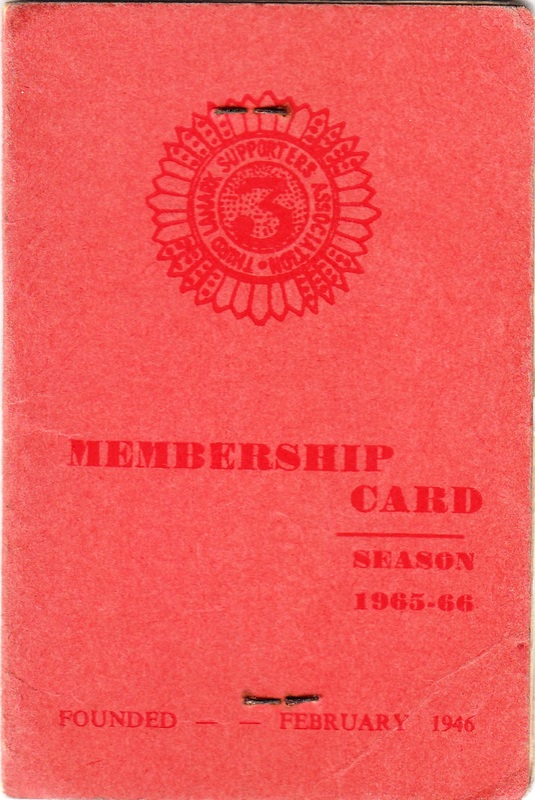
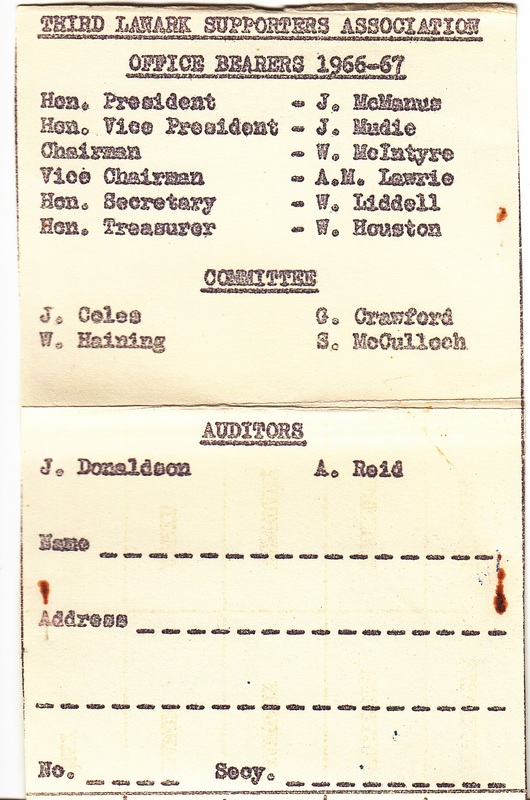
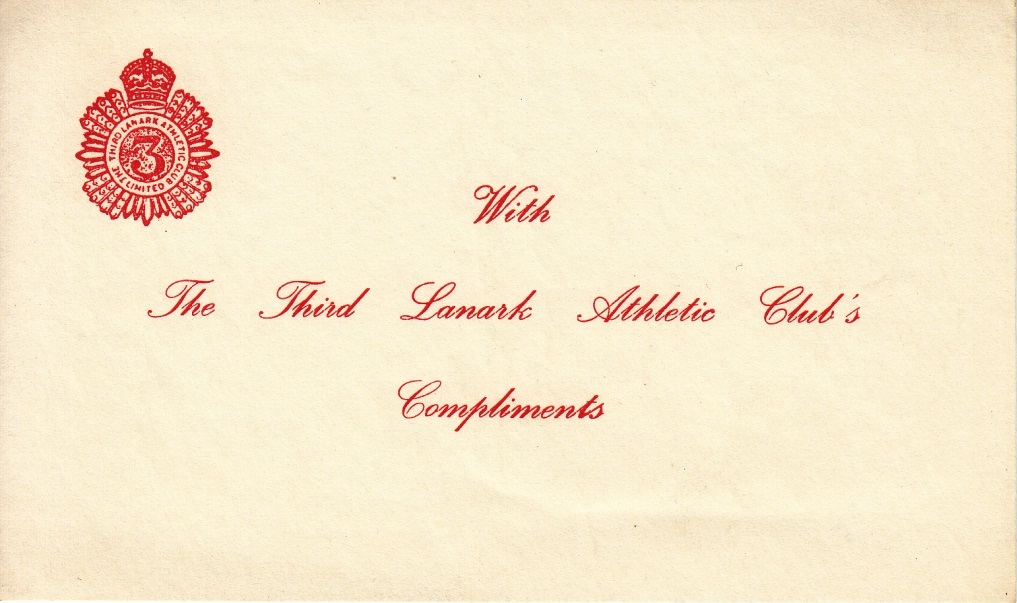
 RSS Feed
RSS Feed